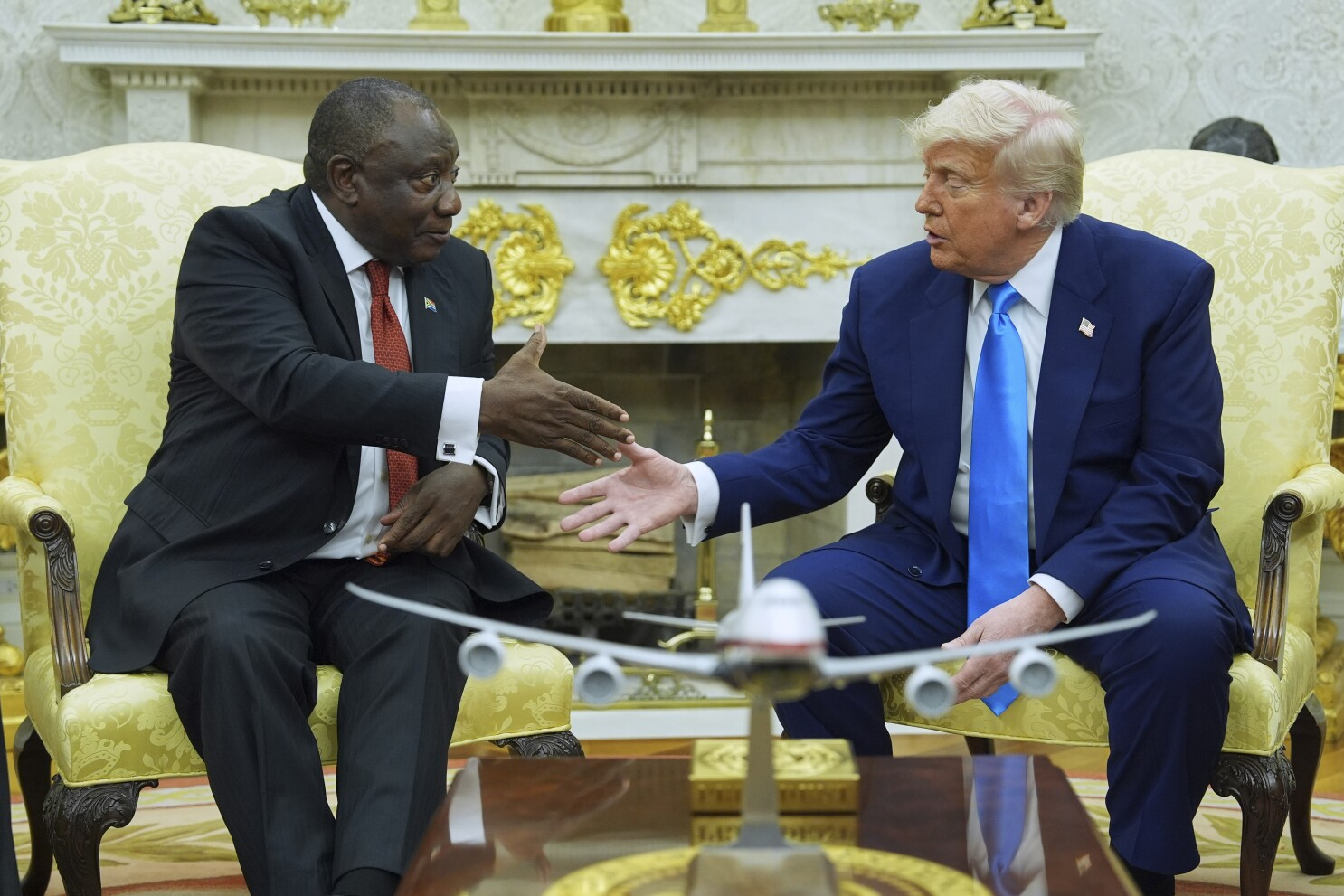Power generation in Zimbabwe could stop due to low water levels at Kariba dam
Water levels at Zimbabwe’s biggest power source are down to 477 meters, just 1.65 meters above their minimum power generation threshold. This is the lowest level the dam has recorded since 1992 when Zimbabwe experienced its worst drought.
News that water levels could dip below the minimum level have heightened fears that Zimbabwe could be plunged in the dark. But beyond that the reduced water levels have already cut production output to just 285 megawatts against an installed capacity of 750 megawatts. It’s worsening an already biting power crisis and threatens efforts to resuscitate ailing industries and to attract new investments that require a reliable supply of electricity.
“How do you do so when you have limited power? The ministry of energy and power development is trying to outsource and have private power stations and thermal power stations but these are long-term solutions, the bulk of our power is coming from Kariba…it’s a serious threat, it’s a real threat.” Zack Murerwa, economic analyst
Zimbabwe’s power utility says it plans to avert the impending crisis by importing 300MW of electricity from South Africa and another 40MW from Mozambique.
Zimbabwe’s current power demand is 2,200 megawatts per day. It currently produces 1 355 megawatts from both hydro and thermal power plants.
Last year work to expand the Kariba South Hydro power plant was commissioned. The $533 million project being carried out by Sino Hydro Power Company will increase power generation by 300 megawatts by 2018.







